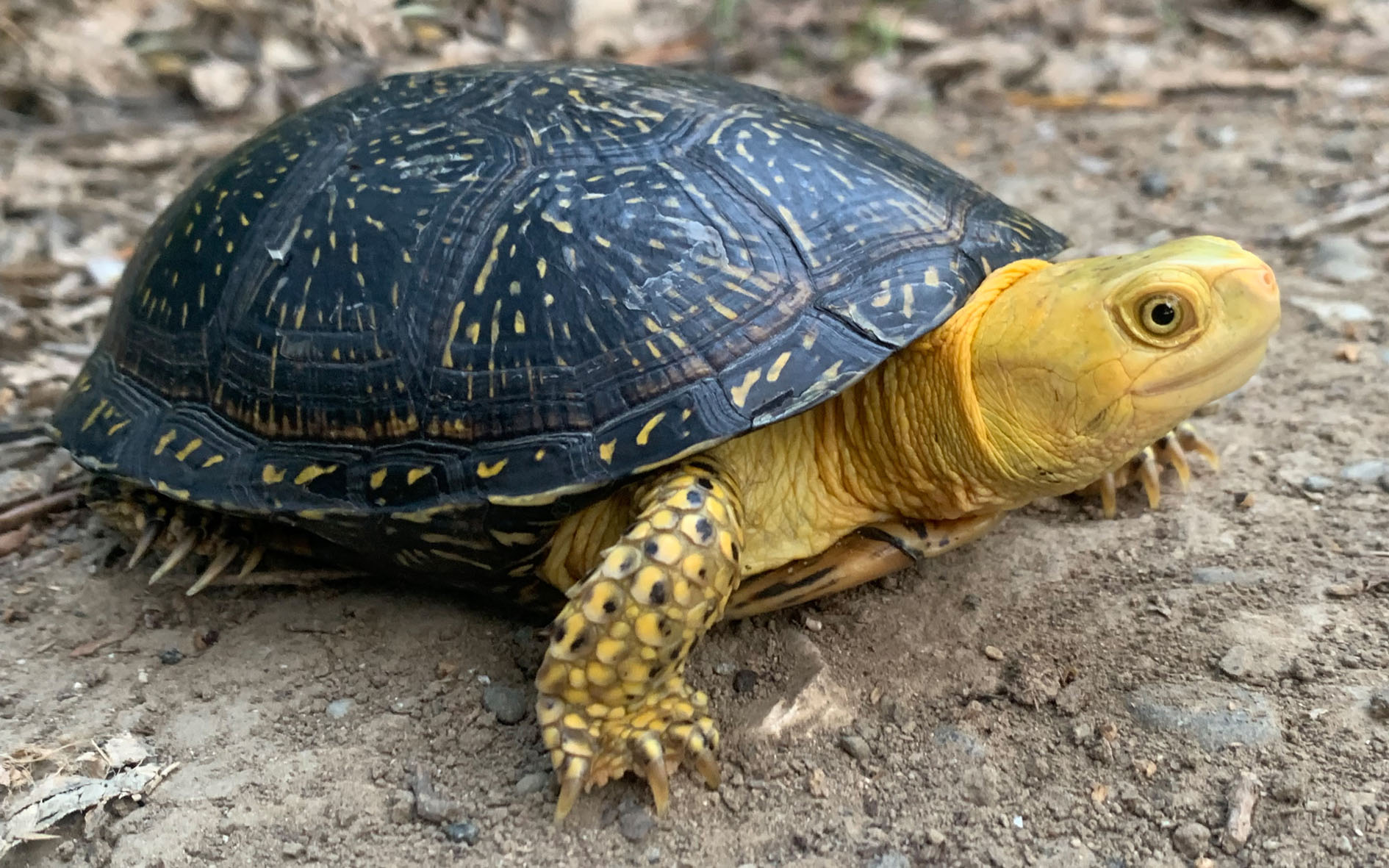THE COUNTRY
Turkey
ABOUT THE ANIMAL
Common Name: Eiselt’s Pond Turtle
Scientific Name: Emys orbicularis eiselti
THE HISTORY OF THE SUBSPECIES
During collecting expeditions in southern Turkey in 1966 and 1972, Josef Eiselt, then custodian of the Natural History Museum in Vienna, collected four small, dark, European Pond Turtles close to the Syrian border and brought them to Vienna. Based on these 4 specimens, Prof. Uwe Fritz, described a new subspecies in 1998: Emys orbicularis eiselti. Genetic studies have since shown that this taxon is the most distinct subspecies among all European Pond Turtles.
THE DWINDLING HABITAT OF THE EISELT’S POND TURTLE
It is likely that the Eiselt’s Pond Turtle was originally widely distributed across the Amik Maras Rift Valley, east of the Amanos Mountains, in what is now the northernmost part of the Dead Sea Rift. The Amik Maras Rift Valley was once home to vast marshlands. However, for nearly 80 years, wetlands in Turkey have been drained for various reasons, such as agriculture, urbanization, road construction, and malaria control. Today, this marshland system is largely destroyed.
Lake Amik is a striking example: it once covered approximately 35,000 hectares in the 19th century but shrank dramatically over the following decades. By 1966, only 7,000 hectares remained, according to the State Hydraulic Works (Calıskan 2008; Ozelkan et al. 2011). Water from the lake and its tributaries was redirected to the Asi River via manmade channels, causing the habitats of E. o. eiselti and other freshwater species to vanish. In 2007, Hatay Airport was constructed in the center of the former lakebed. Today, only the Asi River and its tributaries serve as refuges for freshwater life.
A SPECIES FADING: THE 2012 REALITY FOR EISELT’S POND TURTLE
A 2021 study led by Dinçer Ayaz and colleagues documented a 20-year search for the elusive Eiselt’s Pond Turtle in southeastern Turkey. Despite decades of effort, the team was only able to locate fewer than 18 individuals of this species, all confined to small urban ponds near the mouth of the Asi (Orontes) river. The last confirmed sighting happened in the summer of 2012. Based on their findings, the researchers estimate that less than 100 Eiselt’s Pond Turtles remain in the wild. Their supervisor Prof. Ertan Taskavak of Ege University in Izmir, expressed grave concern, suggesting that survey time may be a waste of time, because all facts show, that the species is already functionally extinct in the wild.
Since the subspecies was formally described in 1998, no more than 25 individual Eiselt’s Pond Turtles had officially been observed.
A BOLD BEGINNING: TURTLE ISLAND’S FIRST STEPS IN SAVING THIS SPECIES (2024)
In 2012, four ponds were recorded as harboring Emys orbicularis eiselti. Since then, one of these crucial habitats was lost to residential development in 2018, and another is now choked with trash. Only two adjacent ponds remain, but they are both under immediate threat from encroaching construction. The Eiselt’s Pond Turtle’s struggle for survival highlights the urgent need for conservation efforts to preserve these delicate ecosystems before they vanish completely.
In a bold move to save this Critically Endangered subspecies, Turtle Island founder Peter Praschag, embarked on an expedition to Turkey in 2022 to search for the remaining Eiselt’s Pond Turtles and devise a plan for their protection.
By 2024, Peter made significant progress towards this goal. He obtained all necessary and required permits, in collaboration with EGE University in Izmir, to conduct field studies and develop a conservation breeding program. Furthermore, Turtle Island is also actively working towards securing the land surrounding the remaining ponds.
In August of 2024, Peter and his son Kiran returned to the area to take a census of the Eiselt’s Pond Turtles still inhabiting the remaining ponds. Luckily, no further harm had come to the two remaining ponds, although the new construction of a nearby cement factory raises concerns about water resources in the area. Using a catch and release technique, Peter and Kiran discovered 22 new specimens, surpassing expectations about the population size still currently residing in the area. This surprising discovery offers renewed hope for a viable population, although the absence of juveniles suggests that breeding may be impaired due to predation or environmental stress. After careful examination and documentation, the turtles were safely released. Efforts and negotiations are still in progress to acquire the land and create a safe habitat for the turtles to live in their native ponds.
These two videos below summarize and show the condition of the Eiselt’s Pond Turtle habitats in Turkey, as recorded in 2024.
FROM CAPTIVE BREEDING TO COLLABORATIVE CONSERVATION: PROGRESS IN TURKEY AND AUSTRIA
A captive breeding population now exists at the Turtle Island Conservation Breeding Centre, in Graz, Austria, providing an essential safeguard in case of a disaster in their native habitats.
After Peter’s trip in August 2024, local media coverage helped spark community interest and dialogue. Meetings with the mayor of Samandağ have been encouraging. The local government is committed to preserving and rewilding the land. This area was devastated by a major earthquake in February 2023 and is now being rebuilt with a focus on sustainability. The proposed changes include a ban on waste dumping (currently a major issue), clearing the already accumulated waste, and even the potential demolition of a nearby cement factory that is a source of pollution and water drainage. The municipality is also exploring the option of expropriating private land to bring it under conservation management.
It’s inspiring to see the local community, media, and government unite around the protection of this rare turtle species—many residents hadn’t even realized they had such a treasure in their backyard. Turtle Island is currently creating a formal proposal for a conservation and rewilding project, which will outline the steps needed to restore and protect this critical habitat.
TURNING THE TIDE: 2025 PROGRESS AND CHALLENGE
In October 2025, Peter, Kiran, and animal keeper Lisa spent five days in Türkiye advancing both science and policy for the Critically Endangered Eiselt’s Pond Turtle. In the field, they set 14 traps and recorded seven turtles, including two recaptures from last year, providing valuable data for our population studies. Using a drone, they also mapped pond extent and surrounding habitat to guide future trapping and protection priorities.
The primary goal of the trip, however, was political. The team met the mayor in his office and Peter even brought along a live pond turtle to make the stakes tangible, which proved effective: the mayor pledged to do everything he could to help. Together with Prof. Ertan Taşkavak of Ege University (Izmir), we have since applied for a federal permit and proposed formal protection for the last remaining ponds. One possibility is leasing the ponds, potentially at no cost, pending national approval. Local government has committed to backing the plan.
While this work centers on E. o. eiselti, it stands to benefit a wider community: nearby ponds hold the African Softshell Turtle (Trionyx triunguis) which is critically threatened in the Mediterranean, and the Balkan Pond Turtle (Mauremys rivulata). Securing protection for the eiselti ponds would help safeguard all three imperiled species within the same landscape.
Habitat degradation remains a pressing threat, exacerbated by agricultural runoff, illegal dumping, water diversion, and nearby construction. Nesting areas are choked with landfill debris, and introduced predators such as stray dogs and wild pigs have drastically reduced hatchling survival. These pressures continue to isolate and endanger the remaining turtle populations.
Yet the project holds deep local significance. In post-earthquake rebuilding discussions, Samandağ’s mayor voiced strong support for protecting E. o. eiselti, recognizing that wetland restoration aligns with the city’s green recovery goals. The mayor has even proposed making the Eiselt’s Pond Turtle the city’s official mascot—a symbol of ecological resilience. While there is still much to do, this and the encouraging news from October 2025 give us real hope for the future of these turtles.
Turtle Island is now seeking grants and donor support for next steps: habitat cleanup, predator-proof fencing, protected nesting beaches, and a memorandum of understanding (MOU) with local landowners to ensure lasting protection.
JOIN US IN SAVING EISELT’S POND TURTLE
The fight to save the Eiselt’s Pond Turtle has made remarkable strides, but the journey is far from over. As we advance our mission, we invite you to become a vital part of this conservation project. By supporting Turtle Island, you contribute directly to land protection, captive breeding, habitat restoration, and local conservation efforts. Join us in giving Eiselt’s Pond Turtle a fighting chance for survival. Your support can help turn the tide for this Critically Endangered species.


